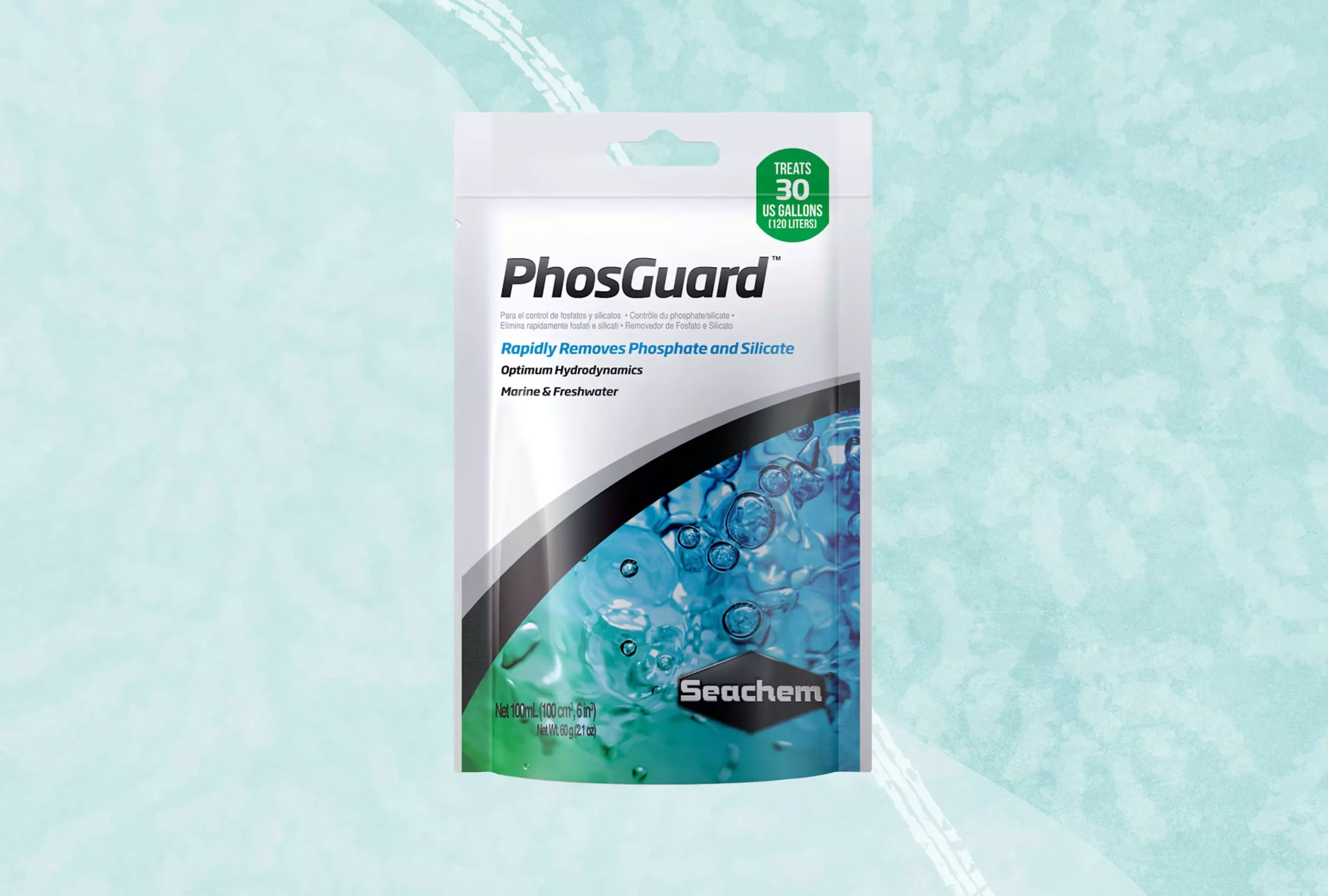Aquarium health is paramount for the well-being of aquatic life. Among the myriad of water quality issues that can arise, phosphate levels stand out due to their significant impact on both freshwater and saltwater ecosystems. Phosphate can originate from various sources, including contaminated source water and the breakdown of uneaten fish food, contributing to a larger issue: algae blooms. This article outlines the dangers of elevated phosphates, how they can affect your tank, and the best removal products available for aquarists.
Phosphates primarily serve as fertilizer for algae, leading to overgrowth that can drastically alter the living conditions within your tank. While phosphates themselves are not immediately harmful to fish, high levels can create indirect problems. As algae proliferates, it consumes oxygen and can lead to pH fluctuations that can jeopardize the health of your aquatic pets. Careful monitoring and management of phosphates is essential, as the solution often requires more than just routine water changes.
Aquarium products designed to remove phosphates fall into several main categories: liquids, sponges, and granular ferric oxide (GFO). Each type has its own set of advantages and limitations, making it important for aquarists to understand which will best suit their unique circumstances.
1. **Liquid Phosphate Removers**: These products are often easy to use and are ideal for addressing temporary spikes in phosphate levels. However, they require consistent reapplication to maintain effectiveness, making them less suitable for ongoing phosphate control. For instance, Brightwell Aquatics Phosphat-E is tailored for saltwater tanks and comes with straightforward dosing instructions for varying levels of phosphate spikes.
2. **Sponge and Resin Products**: These materials work on a continuous basis to absorb phosphate from the water. For example, API’s Phos-Zorb acts effectively in both freshwater and saltwater environments. They are user-friendly and can easily be integrated into existing filters, although periodic replacement is necessary for optimal results.
3. **Granular Ferric Oxide (GFO)**: This is often recommended for long-term phosphate control. Examples include PhosBan by Two Little Fishies, which requires a specialized reactor for effective use. GFO products bind to phosphates without releasing them back into the water, ensuring a more permanent solution to phosphate build-up.
When selecting a phosphate removal product, several factors should guide your choice, such as your water type, the severity of phosphate levels, and your filtration system. Opting for an appropriate product is crucial for maximizing efficiency and ensuring your aquatic community thrives.
1. **Evaluate Your Tank’s Needs**: Begin by measuring phosphate levels using an accurate test kit. This information will help establish whether you need a quick fix or a long-term solution to phosphate accumulation.
2. **Consider Compatibility**: Not all products work equally well in every environment. For instance, while GFOs are excellent at removing phosphates, they require adequate water flow for effectiveness. Conversely, liquid removers can disperse easily but aren’t ideal for long-term phosphate control.
3. **Usage Instructions**: Follow manufacturer guidelines closely. Misuse or failure to replace products as recommended can lead to unforeseen complications or ineffective phosphate management, often resulting in a return to problematic water quality.
Beyond utilizing phosphate removers, regular maintenance is crucial in managing water quality. Test the water frequently and adjust your upkeep regimen as necessary. Also, monitor the feeding habits of your fish; excessive food leads to waste that breaks down into nutrients that, in turn, fuel unwanted algae growth.
Compounding the issue, if your source water is initially high in phosphates, long-term phosphate binding solutions may be needed. Ongoing testing and monitoring will allow you to tailor your strategy effectively, minimizing the reliance on phosphate removal products.
Maintaining water quality is foundational to successful aquarium keeping. Understanding the dangers of phosphates and how to manage them through effective products and regular tank care can protect your fish and create a thriving aquatic environment. With the right strategies and tools in place, you can manage phosphate levels effectively, ensuring clean and healthy water that supports the vibrancy of your aquarium’s ecosystem.
In sum, knowledge, vigilance, and the right products will make the fight against phosphates not just manageable, but a seamless part of your aquarium maintenance routine.


Leave a Reply